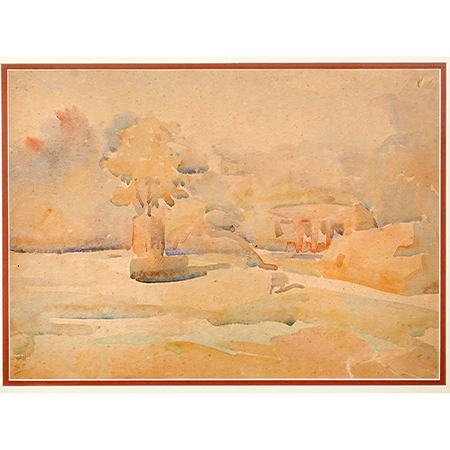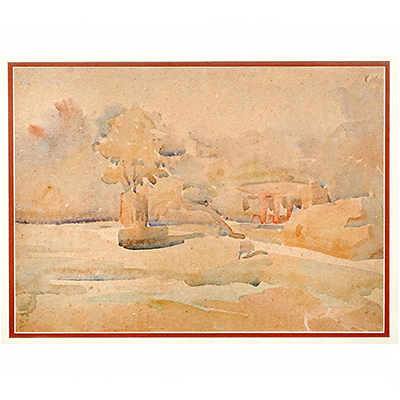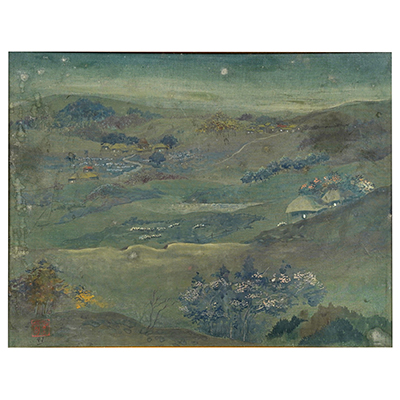Artists Profile

Gaganendranath Tagore
(1867- 1938)Gaganendranath Tagore, a trailblazer of cubism in India and celebrated for his satirical art, was born on September 17, 1867.
A self-taught artist, Abanindranath Tagore began painting relatively late, at the age of 38. He learned Japanese brushwork from visiting Japanese artists at Santiniketan, which became a hallmark of his style. His early works included Puri landscapes, portraits, figurative sketches, scenes of Calcutta, and illustrations for Rabindranath Tagore’s My Reminiscences. Notable early pieces from this period include Sibu Kirtania and Crows.
Alongside his Nobel-laureate uncle Rabindranath Tagore and his brother Abanindranath Tagore, Gaganendranath played a pivotal role in Bengal's cultural revival during the early twentieth century. Together, the brothers co-founded the Indian Society of Oriental Art in Calcutta in 1907, fostering a renewed appreciation for Indian artistic traditions.
From 1917 onward, Tagore also ventured into satirical art, publishing portfolios of cartoons such as Birupa Bajra, Adbhut Lok, and Baba Hullod. These works offered biting critiques of contemporary Bengali society, reflecting his keen observational humor and sharp social commentary.

